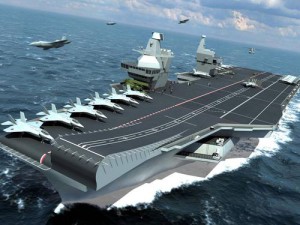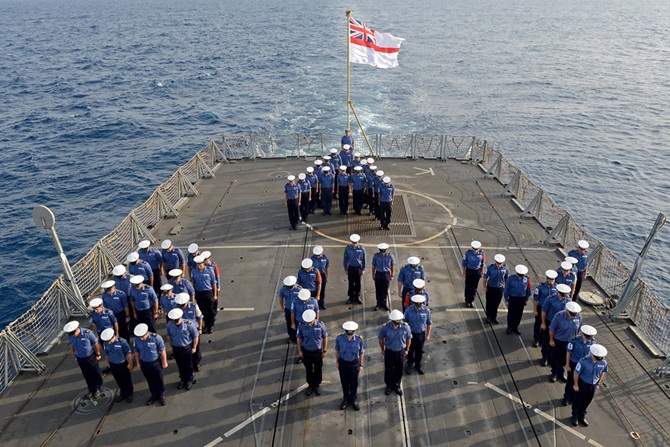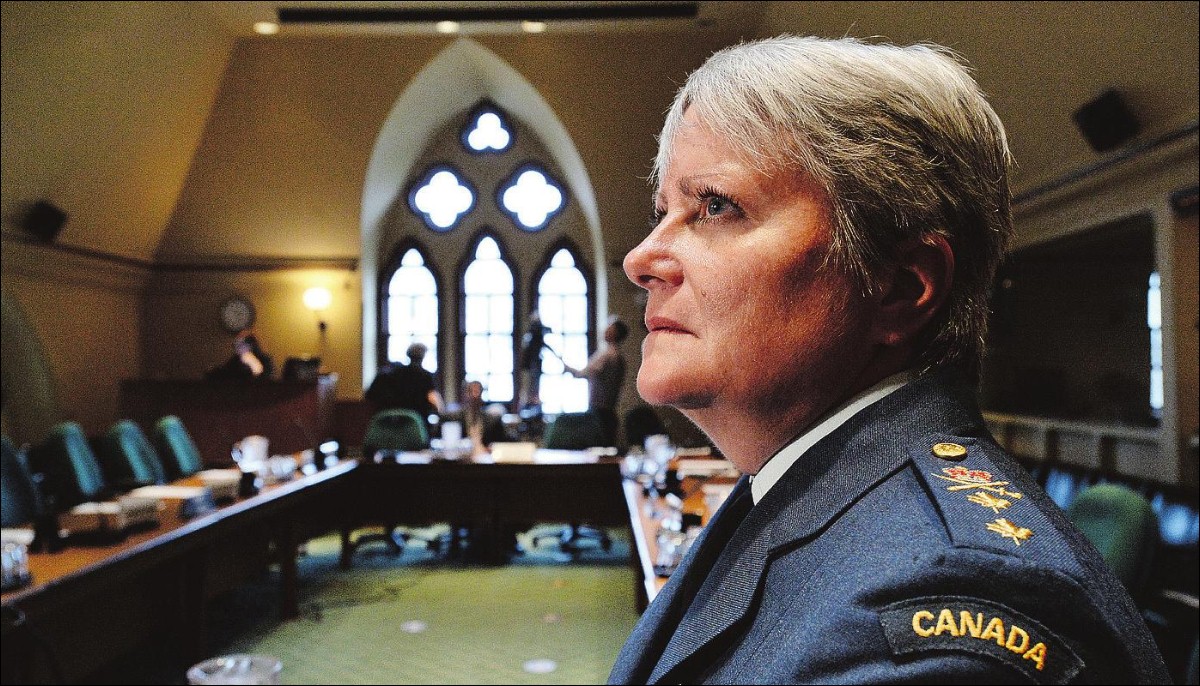On 4 July 2014, Queen Elizabeth II christened the United Kingdom’s new aircraft carrier, the first Queen Elizabeth-class, and the biggest warship the UK has ever put to sea. It has been a long, winding and controversial road for this ship and its sister, the Prince of Wales, and it is far from over – the HMS Queen Elizabeth is not expected to enter service for another couple of years, and it is not clear whether the Prince of Wales will even be operated by the Royal Navy.

The British Government confirmed its commitment to maintaining a carrier strike capacity in the 1997 Strategic Defence Review, suggesting the UK would need a larger warship than the 22,000 ton Invincible-class (for comparison, the US Navy’s Nimitz-class can weigh up to 100,000 tons). It took until 2008 for contracts to be signed ordering two 65,000 ton aircraft carriers, at an initial cost of £3.9 billion. Budgetary constraints following the financial crisis led to a decision to delay the ships, which added another billion pounds to the cost. The Strategic Defence and Security Review (SDSR) of 2010 led to further changes.
Due to the wording of the initial contracts, the Cameron government argued it would cost more to cancel either of the ships than to fulfil the contract; so despite the cuts to the defence budget, both the Queen Elizabeth and the Prince of Wales were to be built.
However, the SDSR made no commitment to actually operating the second carrier, suggesting it could be put into extended readiness (this would leave it unable to operate with less than a year’s notice, perhaps even more) or even sold. The SDSR makes a point of noting: “We will need to operate only one aircraft carrier. We cannot now foresee circumstances in which the UK would require the scale of strike capability previously planned.” The final decision on the future of the Prince of Wales, which is not expected to be commissioned until 2020, will be taken in the 2015 SDSR.
Adding to the controversy of continuing to build a ship that would never be used are plans for the aircraft that would fly from those carriers. The decision was made to protect the Tornado fleet, which was providing air support for British forces from airfields in Afghanistan. This left the Harrier jet, which had a slightly shorter range, allegedly providing it with “a very limited coercive capability,” much more vulnerable to cuts. In what has to be the most bittersweet symbol of post-imperial decline, the UK’s fleet of Harrier jump jets was sold to the USA for spare parts. However, the Royal Navy doesn’t yet have a replacement for the Harrier, meaning it has been without carrier strike capacity since 2010, and will continue to be without one until the F-35 comes into service.
The Phoenix Think Tank (admittedly a “naval and maritime” group and more inclined to support the Navy’s preferred fighter jet) was sharply critical of the decision, claiming the Harrier, designed for close air support operations, was actually far more successful in Afghanistan than the Tornado – “in just one month of operations the Tornado failed to meet more urgent ground support requests than the Harrier failed to meet in all its five years’ service in theatre”. Phoenix argues the decision to scrap the Harrier was a consequence of inter-service rivalry at the expense of the national interest. Regardless, the decision is made and the Harriers are now “languishing” in the Arizona desert.
In their place, the carriers will, eventually, fly the Lockheed Martin F-35 Lightning, or the Joint Strike Fighter (JSF). This fighter jet is the US military’s next-generation aircraft, and will also be operated by several British allies, which may include Canada. There isn’t enough space in this article to go into the tortured history of the JSF project, but a few elements are relevant to the new aircraft carriers. The F-35 has three variants; the F-35A, a traditional fighter jet, the F-35B, a Short Take-Off and Vertical Landing version, and the F-35C, designed to take-off from aircraft carriers.
The UK government had originally planned to fly F-35Bs from the Queen Elizabeth carriers, instead of the explicitly-designed-to-fly-from-carriers F-35C. Consequently, the carriers were not designed with the catapults and arrestor gear required to allow traditional take-off and landing from their runways. This made the carriers less useful in multilateral operations, as allied militaries’ jets would not be able to land on British carriers. The C-variant is also more capable and slightly cheaper as it doesn’t have to have the vertical-take-off equipment. The 2010 SDSR reversed this decision, opting instead for the F-35C, and a redesign of the Queen Elizabeth to fit it with the necessary modifications to carry it. This decision would have delayed the entry into service of the carrier by several years and cost an extra billion pounds.
Ultimately, the government changed its mind and decided to return to the original plan of operating the F-35B, but not before spending tens of millions of pounds. While the reduction of the time in which Britain would be without a carrier strike capability is a positive development it is not clear that the flaws in the F-35B that led to the decision to replace it have been resolved.
By the end of the decade, the Royal Navy should be flying from the decks of its new carrier (assuming the F-35 doesn’t stay grounded forever). This is to be welcomed, but it will have been a long road, beset by delays, U-turns, cost overruns, and incoherent planning. Though the present government can with some justification blame its predecessors for the poorly-thought-out carrier strike plans, its own handling of the process has hardly covered it in glory.




